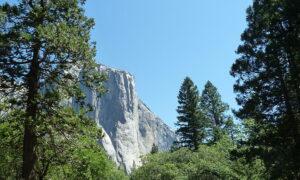Both angiosperm flowers and gymnosperm cones can be male, female, or both. About 85 percent of plants have flowers that have both male and female parts in the same flower and are known as hermaphrodites. The male portion of the flower may mature earlier than the female portion to prevent self-fertilization.
Angiosperm plants that have separate male and female flowers and gymnosperm plants that have separate male and female cones on the same plant are called monoecious. Plants whose individual male and female parts open at the same time are called synchronously monoecious, and those whose male and female parts open at different times are called consecutively monoecious.
Species such as ash trees, ginkgo, and hollies that have separate male and female plants are called dioecious species. The individual plant is not dioecious; it is either male and called androecious or female and called gynoecious. About 6 percent of all plants are monoecious and 6 percent dioecious.
Only a small percentage of tree species have separate male and female plants. However, many forest tree species do not produce showy flowers that are used to attract insect pollinators. These monoecious trees have male and female flowers on the same tree, but they use the wind to move the pollen from the male flower to the female flower.
The plant produces extra pollen and does not waste energy on producing petals. The pollen must float through the air to find a female flower. Very few pollen grains find the female flower, but there are still many seeds produced from this method. Most needle-leaf evergreens, as well as many forest trees, grasses, and grains such as corn, rice, wheat, and many other plants, are wind-pollinated.
Because there is so much pollen produced, it can be counted, and weather forecasts often include a pollen count. Pine forests are often covered in pollen during the blooming season. Ragweed, oak trees, and grasses all produce enough pollen to induce allergies in humans.
An interesting correlation has been noted between dioecious plants and the spreading of their seeds by birds. A female plant that doesn’t have to expend resources on producing pollen can produce more berries. A bird looking for berries doesn’t have to expend as much energy looking for fewer berries on multiple plants when the berries are concentrated on the female plant. Most dioecious plants are tropical trees and shrubs that have fleshy fruits produced from small green flowers.
Some towns have banned female trees of dioecious species because they may drop too many seeds or fruit. By only planting male trees, they have increased the allergies of people susceptible to the pollen of the overplanted male trees. If they had banned male trees, they would have less fruit and fewer allergies.








